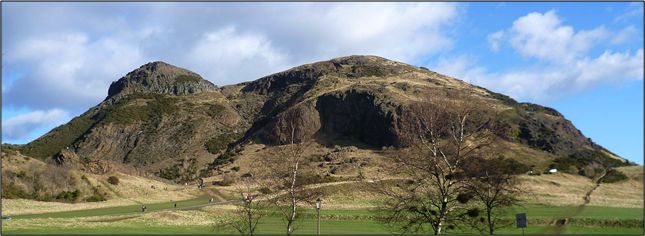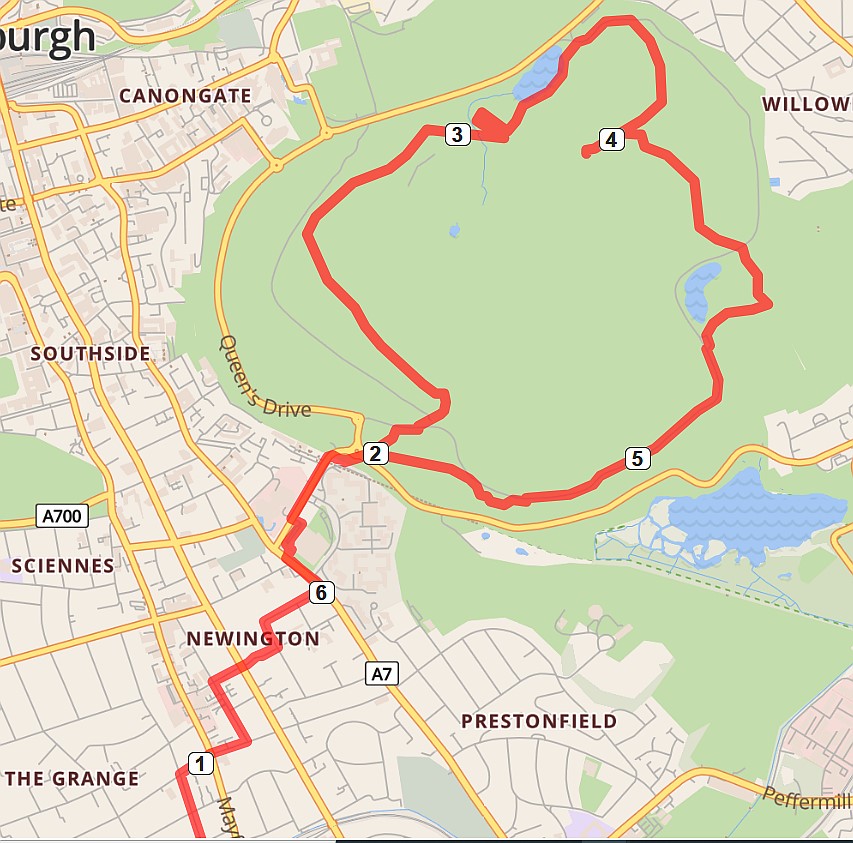Weighing the Earth using Arthur’s Seat

Weighing the Earth
In the 18th century what lay beneath the Earth’s surface was hotly debated.
Was the Earth hollow or solid? Was its interior full of ocean waters that entered through deep chasms, filled with fermenting mud, or were Earth’s subterranean realms inhabited by strange creatures and spirits, as in the Celtic mythology of “Cruachan”?
A pioneering C19th geophysical experiment used Arthur’s Seat in a mathematical quest to successfully determine the Earth’s mass and to prove Earth had a dense, solid internal structure.
The Arthur’s Seat study

Click here PDF for an illustrated description to the background, instrumentation and results.
Summary
In 1856 astronomical observations made adjacent to Arthur’s Seat were combined with new measurements of the hill’s density and volume, to yield a mass for the Earth of 13,000,000,000,000,000,000,000,000 pounds. This historically important result is remarkably close to today’s accepted value (as based on Cavendish-type experiments).
Self-guided walk

Click here for a detailed description of a Walking route around the outlying tops of Arthur’s Seat which visits the measurement sites used in the “Weighing the Earth” study.




Recent comments